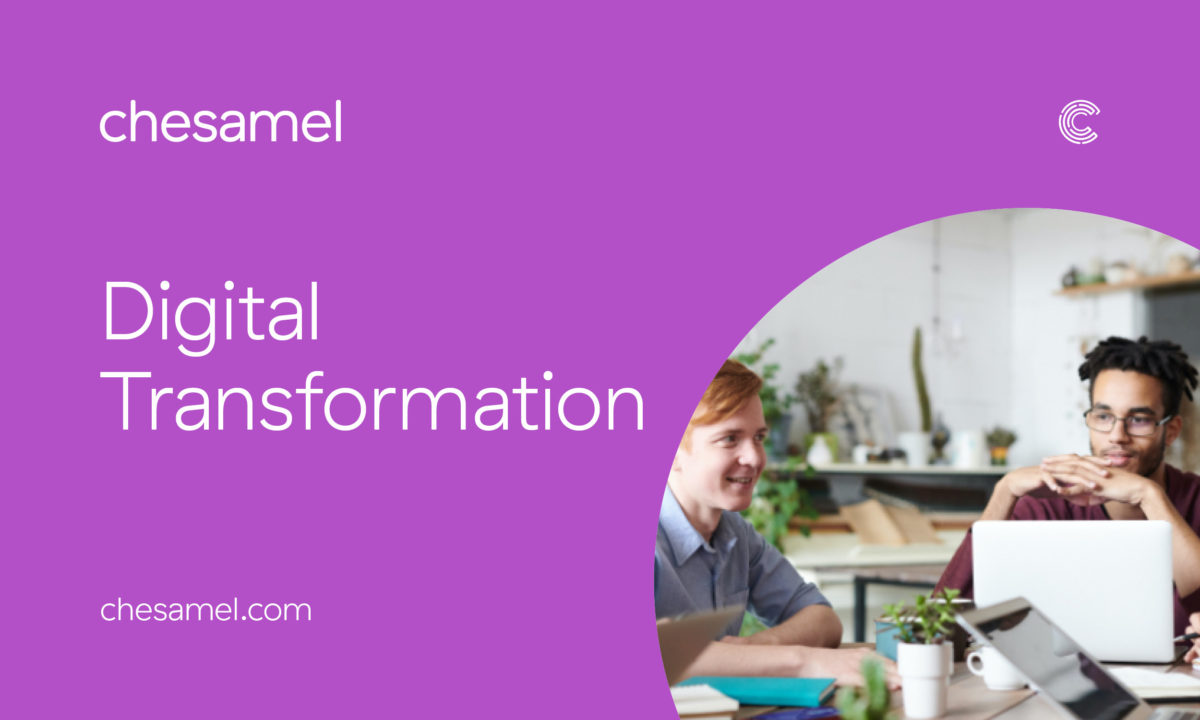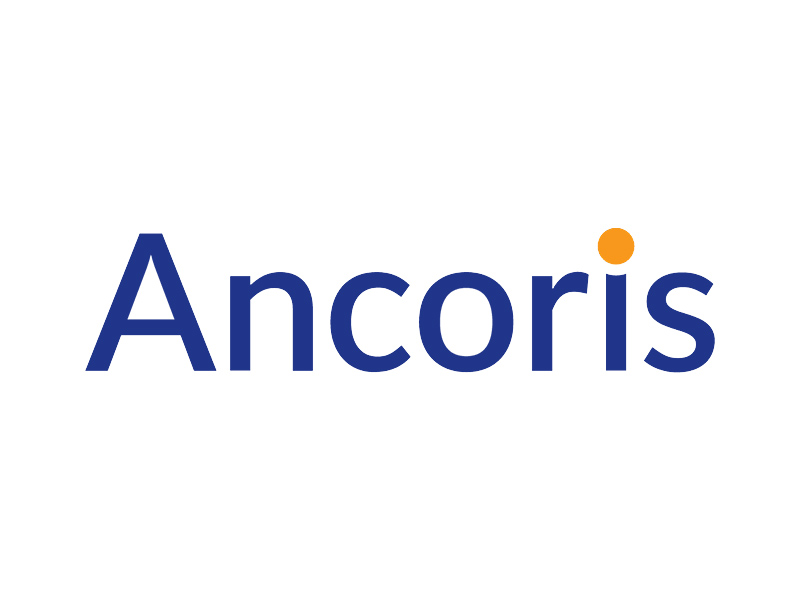What do you do on your lunch break? Do you even take the time you’re entitled to? As part of employers’ workforce planning methods, employees should be encouraged to take their whole lunch break. Research from Totaljobs showed that ‘a third of UK employees never leave their workplace after they arrive in the morning.’ (Total Jobs). Are you guilty of the same? Do you enter the workplace and eat your lunch at your desk or, worse, skip lunch all together? Research also found that a common reason for not leaving the desk or utilising allotted lunch times, for 68% of those surveyed, was because they needed to deal with unexpected work tasks or because their workload was too heavy!
Not only is this not healthy for employees personally, but it can affect work quality negatively, as our brains are not built to work a full day without breaks and still operate at their peak. Workers are entitled to one break every 6 hours, so should be taking them, and more than that, employees should be switching off from work when they do and be able to clear their minds; are you taking this in to consideration for your workforce planning methods?
So, how might you manage to do just that as employee, and how as an employer might you encourage your employees to do this as part of your workforce planning method?
Get Some Fresh Air
Let’s start small; even if you’re are reluctant or struggling to get out of work for the full lunch break, get some fresh air. The change in atmosphere, even just getting outside of the building, will make a difference to your day. Increasing the levels of oxygen in the brain refreshes it and allows you to be more productive when you go back to your desk; breathing in fresh air can increase serotonin too, the hormone which brings us joy.

Do Some Exercise
Getting some exercise has similar effects to getting fresh air. It goes without saying that exercise is good for the body, but did you know that even a small amount of exercise makes a significant difference in the brain? Just ‘20 minutes can facilitate information processing and memory functions’. Physical exercise can also stimulate the growth of new connections in the brain, between cells, by increasing brain plasticity. Pretty impressive for a brisk walk around the block!
Go Somewhere Different
As the saying goes, ‘a change is as good as a rest’. So changing your environment and activity during a lunch break will allow you to effectively reboot. It comes down to shaking routine, if we usually have lunch in the workplace cafe, then eat outside, or walk to a cafe or a nearby park. Shaking the routine will allow you to think a little differently and even alter perspectives, not to mention allow you to clear your mind.
Escapism
Stepping out of the workplace mindset is vital for switching off and clearing your mind, electing a little escapism is a brilliant way to do this, so an activity that requires you to use your brain in a different way is ideal, so you could:
Read:
Reading is a wonderful way to escape the everyday, we can jump into another world and forget the worries of the office and the deadlines for a short period. Even reading a magazine will allow us to clear our minds of the topics filling our brains at work.
Meet a friend:
Meeting a friend on their lunch break and allowing ourself to relax in familiar company helps clear the mind. You might still find that you’re inclined to speak about work, but voicing concerns or stressors is a proven way to help us problem solve and help to relax our minds – ‘a problem shared is a problem halved’.

Ditch The Phone
During your working day, you’ll likely get enough ‘screen time’, so when you’re trying to switch off on your lunch break and really clear your mind, it’s a brilliant idea to steer clear of your phone. These devices become like a habit, a compulsion, so make the choice to not pick it up, keep it in your bag and not look at it for the whole or majority of your lunch break. We know that the blue light in your phone screen activates your brain, so just make the choice. Employers, could you offer a no phone zone to encourage this?
No excuses.
Employers, take this insight into how you might help your employees clear their minds on their lunch breaks and consider any changes you could implement; even leading by example is a strong way to start. Building this consideration into your workforce planning methods and workforce management is even better.
Employees, take control of your own lunch breaks and allow yourself to clear your mind, not only will you feel the benefits for yourself but you’ll begin to reap the benefits back at the desk too. It’s a simple but incredibly effective change you can make right now, opting for one of the many options to clear your mind, ready to return for the afternoon rested and refreshed!












